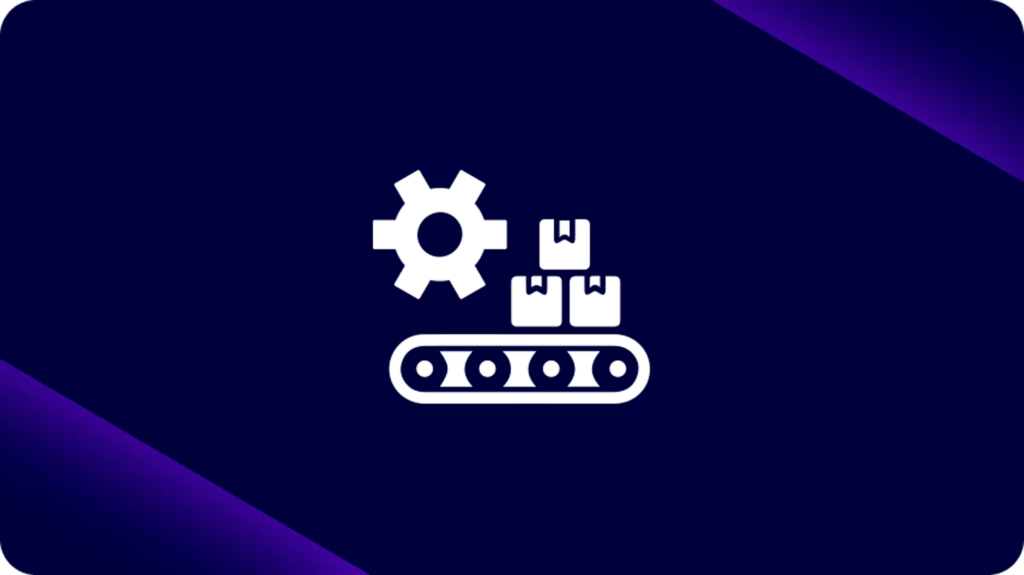April 5, 2021
A integração sempre foi um fardo pesado na TI corporativa. Os aplicativos desenvolvidos entre as décadas de 1960 e 1980 eram gigantes monolíticos e isolados. Seus criadores nunca pensaram em conectar um ao outro. As arquiteturas eram específicas do produto. Interfaces de usuário, proprietárias. E a maneira mais fácil de mover dados de um sistema para outro era imprimi-los em um local e reinserir manualmente as informações em outro.
Na década de 1990, as organizações lutavam contra a proliferação de integrações ponto a ponto, que confundiam os operadores enquanto trabalhavam para manter tudo funcionando e confundiam os desenvolvedores que temiam que qualquer pequena mudança pudesse derrubar todo o sistema. Algo tinha que ceder.
No final dos anos 90, surgiu toda uma nova categoria de infraestrutura empresarial: middleware. O middleware abordou as questões emaranhadas de integrações ponto a ponto com uma arquitetura hub-and-spoke. E então veio a nuvem. E DevOps. E, eventualmente, a computação nativa em nuvem com a qual estamos acostumados hoje.

>> Agende uma demonstração personalizada com nossa equipe de especialistas e veja como o iPaaS da Digibee trará eficiência ao seu negócio.
Repensando o Heavy Lift
À medida que as soluções em nuvem ganharam força, as abordagens centradas em middleware para integração rapidamente se tornaram incrivelmente obsoletas. Mas a abordagem arcaica hub-and-spoke ainda persiste entre as integrações corporativas modernas, desacelerando as organizações e limitando sua agilidade – e, por extensão, sua capacidade de competir.
É hora de mudar. As empresas de hoje exigem uma integração capaz de oferecer suporte a um cenário de aplicativos que responda rapidamente às mudanças nas expectativas do cliente, ambientes competitivos e recursos tecnológicos.
Como a integração sempre foi um desafio tão significativo, a abordagem padrão normalmente tem sido um esforço “único e pronto”. A ideia era que a abordagem mais lógica para uma tarefa tão difícil era escolher suas batalhas, levar o tempo necessário para encontrar uma solução e depois deixá-las em paz pelo maior tempo possível.
Uma nova estratégia de integração
Mas há uma nova estratégia de integração hoje, baseada em uma abordagem totalmente diferente e prioridades atualizadas.
Cloud-Native
Uma infraestrutura nativa da nuvem aproveita microsserviços e contêineres, além da virtualização tradicional e funções sem servidor para ambientes de aplicativos altamente escalonáveis e inerentemente dinâmicos.
Kubernetes — a principal plataforma de orquestração de contêineres de código aberto do mundo — está no centro da maioria dos ambientes nativos de nuvem de hoje, mas o nativo de nuvem não é apenas executado no Kubernetes. É um paradigma de arquitetura para computação corporativa, adotando uma abordagem orientada à configuração para todos os aspectos da infraestrutura.
| O que significa para sua empresa |
|---|
| A flexibilidade para suportar a integração entre endpoints dinâmicos de vários tipos permite que sua organização aumente ou diminua rapidamente a capacidade com base nas demandas do usuário final, e sua empresa ganhe a capacidade de integrar aplicações de diferentes níveis de importância e urgência. |
As ferramentas que fornecem esses recursos são frequentemente chamadas de low-code, o que significa que a maior parte do trabalho pode ocorrer em interfaces visuais de arrastar e soltar que não exigem codificação manual. (Algumas situações ainda podem exigir codificação manual, mas este requisito deve minimizar o número e o tipo de situações em que estas competências avançadas são necessárias.)
| O que significa para sua empresa |
|---|
| Essa democratização da criação e integração de aplicativos promove uma colaboração aprimorada entre especialistas de TI e usuários da linha de negócios. |
Ciclo de vida abrangente
As soluções de integração atuais também devem lidar com todo o ciclo de vida das integrações. Onde o middleware consiste inteiramente em tecnologia de tempo de execução, uma plataforma de integração para a era digital deve incluir capacidades de design e desenvolvimento (low-code, é claro), bem como funcionalidades para apoiar a equipe de operações enquanto gerenciam a produção de integração.
A funcionalidade de operações é especialmente crítica, já que a plataforma atual deve oferecer suporte a recursos de integração dinâmica — em outras palavras, oferecer suporte a integrações variáveis à medida que os endpoints evoluem. (Gerenciar essas integrações requer mais foco do que as integrações estáticas da era do middleware.)
| O que significa para sua empresa |
|---|
| Os desenvolvedores seniores, que muitas vezes enfrentam grandes demandas de tempo, ficam livres para se concentrar na eliminação de pendências de aplicativos e no desenvolvimento de novas inovações, enquanto a equipe da linha de negócios se torna mais autossuficiente. |
Desbloqueando o novo valor do aplicativo
Já se foi o tempo em que os arquitetos selecionavam cuidadosamente quais aplicativos se beneficiariam mais com a integração. As organizações de hoje têm o poder de integrar todo o espectro de seus aplicativos — desde os aplicativos corporativos de missão crítica até os aplicativos departamentais de baixo perfil, e tudo mais.
Esta mudança de paradigma não ocorre no vácuo. É parte integrante da tendência de transformação digital que inclui infraestrutura nativa em nuvem, low-code tecnologias e abordagens dinâmicas de ciclo de vida de software. No mundo digital, tudo se conecta a todo o resto. E as soluções de integração atuais oferecem o poder de fazer essas conexões e agregar mais valor do que nunca.
As integrações de sistema não precisam ser a jornada árdua e assustadora de antes. Nossa inovadora plataforma como serviço de integração corporativa é mais eficiente do que qualquer outra solução no mercado e capacita os membros da equipe de todos os níveis de habilidade a criar integrações de maneira rápida e fácil, sem comprometer o desempenho ou a segurança.
Para saber mais sobre a plataforma de integração Digibee, solicite uma demonstração hoje.
Copyright © XNUMX TuneFab Software Inc. Todos os direitos reservados. Intellyx LLC. Digibee é um cliente da Intellyx. A Intellyx mantém o controle editorial final deste artigo.
Jason Bloomberg é o presidente da Intellyx.








